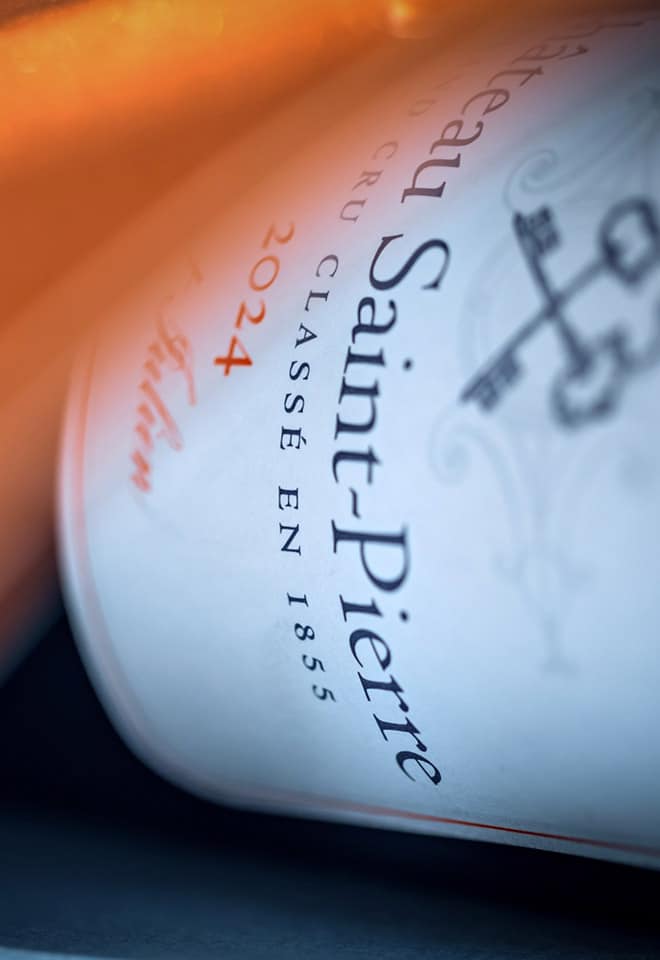CHAPTER I.
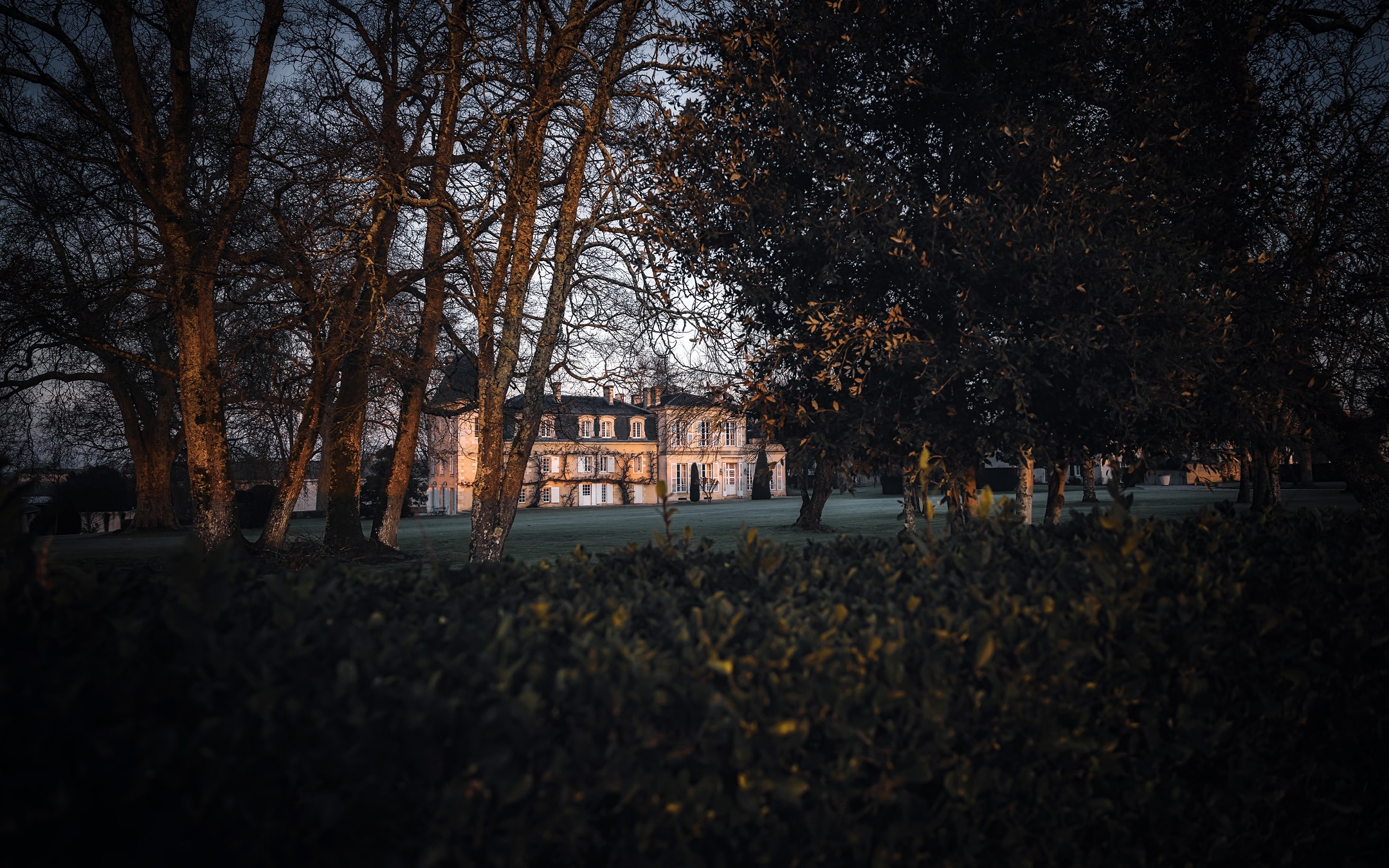
•1500
Fragments of well-draining gravel soil near the Gironde Estuary are planted to vine by the early 1500s, within a patchwork of agricultural land.
Until 1767, the estate is known as Serançan. It belongs to the noble Foix de Candale family – which included the Archbishop of Bordeaux – then the De Cheverry family from the Basque Country.


•1760
In the 1760s, Baron Jean-Baptiste de Saint-Pierre returns to France from the colonies of San-Domingue (present-day Haïti).
He acquires and renames the estate Château Saint-Pierre.
•1820
The Baron pours his fortune into viticultural and winemaking improvements. His heirs continue to re-invest and withstand the pressures of the French Revolution in 1789.
By the 1820s, the wines are reported to be ‘vying with the best in the département’.
By 1824, annual production reaches 70 ‘tonneaux’ (approximately 7000 cases).

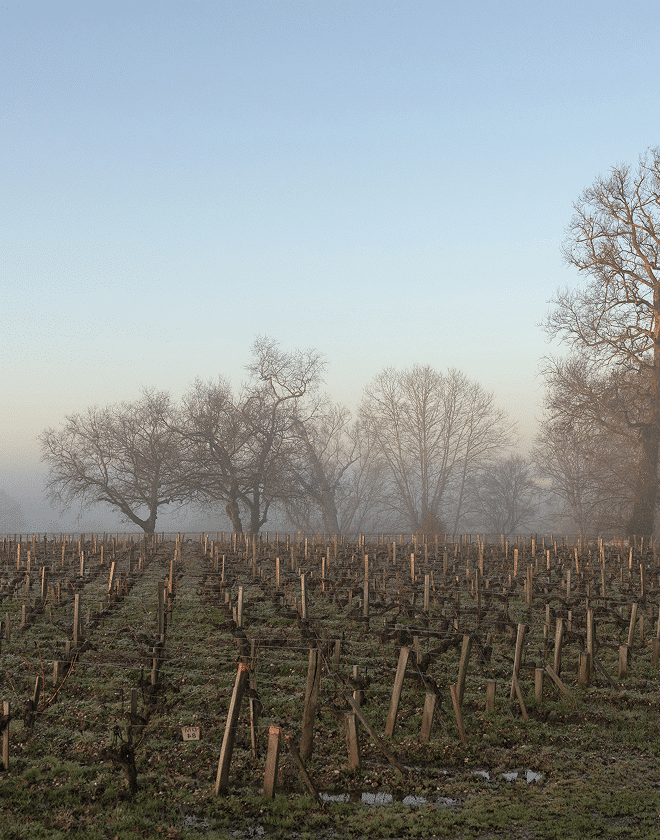
•1855
Château Saint-Pierre becomes a fourth classified growth in 1855, at the top of its category. The wines are highly sought-after and command prices above that of their class over the next 50 years.
•1889
A gold medal is obtained at the 1889 Exposition Universelle de Paris, and in 1892 courtiers rate the wines at the same quality as the second growths.
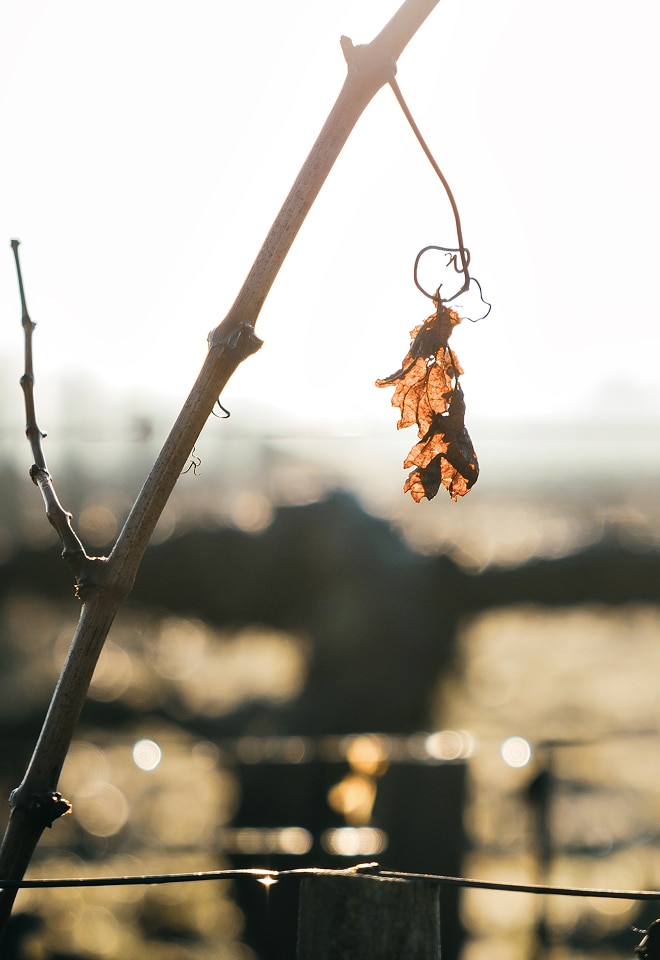
•1923
Several opposite events: distribution of estates, Phylloxera then the Great War, forcing division. Only in 1923 are the majority of vineyards and the two brands Château Saint-Pierre Bontemps-Dubarry and Château Saint-Pierre Sevaistre reunited under the ownership of Belgian negociants Charles and Pierre Van den Bussche.
The brothers export almost all their small production to connoisseurs and collectors in Belgium and England, limiting brand exposure in all other markets.
Saint-Pierre becomes the least-known classified estate in Saint-Julien.
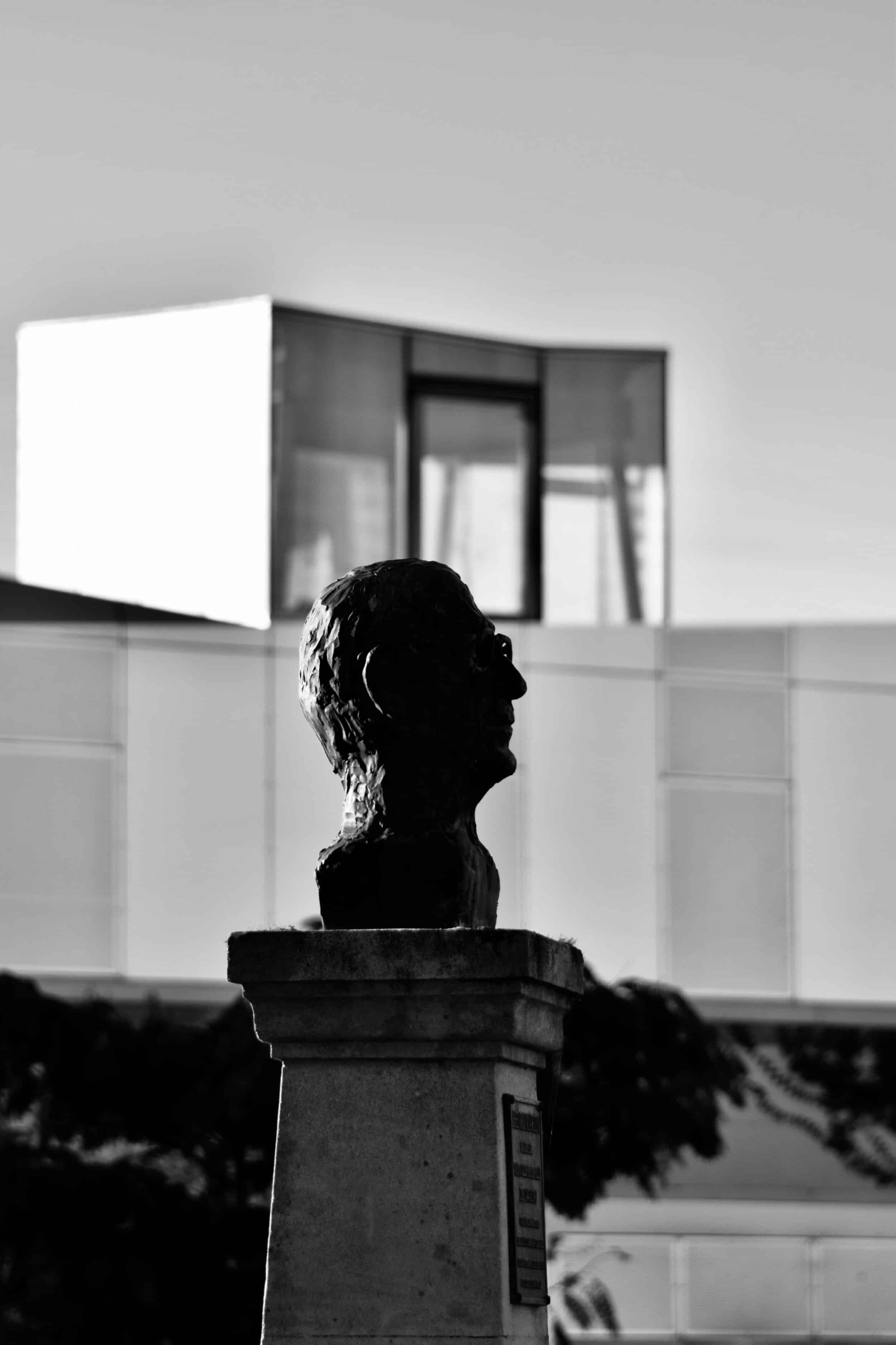
•1982
Henri Martin, son of a barrel-maker in the heart of Saint-Julien, dreams of one day owning a classified estate.
The extraordinary success of his entrepreneurial creation, Château Gloria, enables him to realise his lifelong dream when he finally purchases and reunites vineyard, chateau and winery in 1982.
‘He looked at Saint-Pierre, this blond stone building facing the river with a magnolia tree against it. He dreamed of it, and one day, he entered Saint-Pierre as if it were home, because it was home now. ’
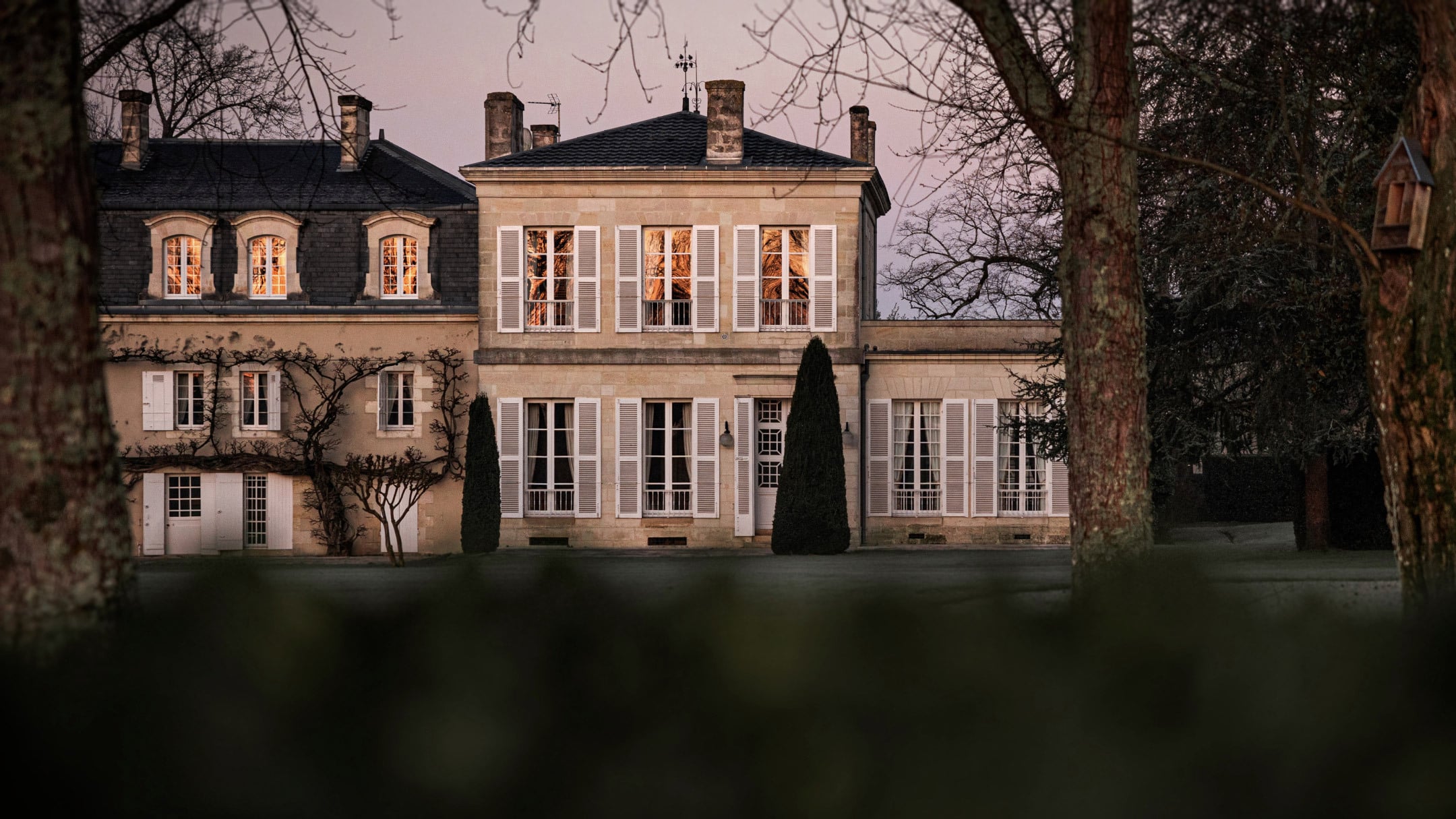
•2024
Passed down to his daughter, the estate is today led by his children and grandchildren, the Triaud family.
With an exceptional average vine age of 60 years, the 2024 vintage will be the first in the estate’s distinguished history to receive full organic certification.
